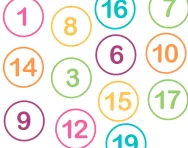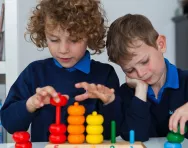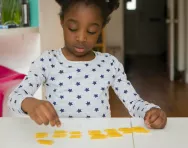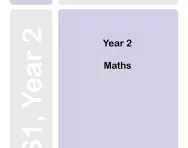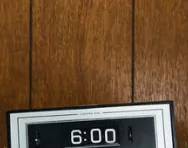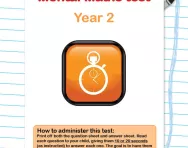Important update from TheSchoolRun
For the past 13 years, TheSchoolRun has been run by a small team of mums working from home, dedicated to providing quality educational resources to primary school parents. Unfortunately, rising supplier costs and falling revenue have made it impossible for us to continue operating, and we’ve had to make the difficult decision to close. The good news: We’ve arranged for another educational provider to take over many of our resources. These will be hosted on a new portal, where the content will be updated and expanded to support your child’s learning.
What this means for subscribers:
- Your subscription is still active, and for now, you can keep using the website as normal — just log in with your usual details to access all our articles and resources*.
- In a few months, all resources will move to the new portal. You’ll continue to have access there until your subscription ends. We’ll send you full details nearer the time.
- As a thank you for your support, we’ll also be sending you 16 primary school eBooks (worth £108.84) to download and keep.
A few changes to be aware of:
- The Learning Journey weekly email has ended, but your child’s plan will still be updated on your dashboard each Monday. Just log in to see the recommended worksheets.
- The 11+ weekly emails have now ended. We sent you all the remaining emails in the series at the end of March — please check your inbox (and spam folder) if you haven’t seen them. You can also follow the full programme here: 11+ Learning Journey.
If you have any questions, please contact us at [email protected]. Thank you for being part of our journey it’s been a privilege to support your family’s learning.
*If you need to reset your password, it will still work as usual. Please check your spam folder if the reset email doesn’t appear in your inbox.
Year 2 maths: what your child learns

As in Year 1, there’s still a lot of practical and visual learning in maths, using real-life situations children can relate to. The children are learning to think about the methods they use to solve problems, and to check if they are correct. They will start to work with logic problems, and will be recording their results using lists and tables. They will also start to work on solving maths problems mentally.
You may find the children revisiting topics they covered in Reception or Year 1. This is revision in preparation for KS1 SATs, but also to ensure that children have really understood the basics before they move into Key Stage 2. The maths your child is learning now can be easily reinforced at home.
Year 2 maths – your child will be:
Number and place value
- Counting in steps of 2, 3 and 5
- Putting the numbers one to 100 in the correct order
- Using < and > symbols
- Recognising the place value of each digit in a two-digit number
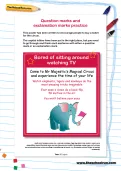
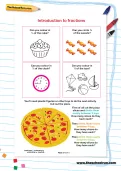
Start the Year 2 Learning Programme!
- Weekly maths & English worksheets
- Follows the National Curriculum
- Keeps your child's learning on track
Calculating
- Adding and subtracting one- and two-digit numbers
- Knowing addition and subtraction facts up to 20
- Learning the 2, 5 and 10 times tables, plus division facts
- Identifying odd and even numbers
Fractions
- Finding 1/3, 1/4, 2/4 and 3/4 of a shape or quantity
Measurement
- Using appropriate units to measure length, weight and capacity
- Combining amounts of money to make a particular value
- Working out how much change to give
- Tell the time to five minutes, including quarter to / past the hour
Geometry
- Identifying, describing and sorting common 2D and 3D shapes
- Understanding that a quarter turn is a right angle
- Confident with clockwise and anti-clockwise
Statistics
- Interpreting and constructing simple pictograms, tally charts, block diagrams and tables
- Answer questions about the data presented
Try this at home
- Play cards – take out the Kings, Queens and Jacks and then try to turn over two cards that add up to ten. You can play a similar game with dominoes, counting the spots
- Point out odd and even numbers on houses when you go out
- Get your child to add up the numbers on car number plates or buses
- Build a tower – blocks are perfect for talking about size and shape
- When you’re cutting a cake or pizza, talk about halves and quarters
- Encourage your child to spot the different shapes you can see on the way to school
Boost your child's confidence with regular at home practice – look through our Year 2 maths worksheets (including our Year 2 mental maths mini-test) to find activities to mirror what is being learnt in the classroom and make KS1 maths concepts come to life with practical maths suggestions from a KS1 teacher.
Check your Y2 child's progress in maths with our free Y2 maths Progress checks, three mini-tests for autumn, spring and summer term.
Explore the Year 2 English and Maths Learning Journey programmes.


